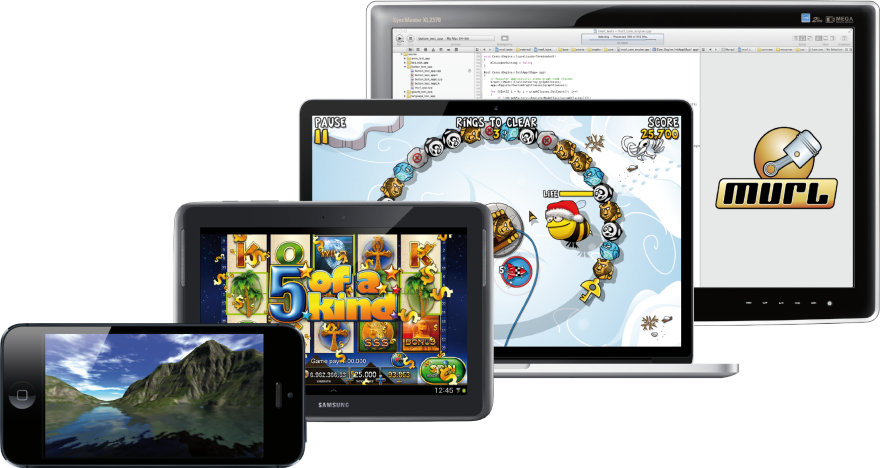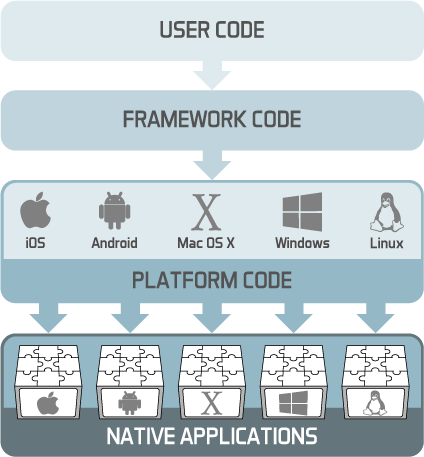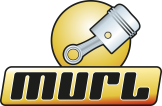About the Murl Engine
Summary
The Murl Engine is a free tool for the platform-independent development of games and multimedia applications. The framework has been designed for maximum performance and flexibility. Furthermore, it allows the development of “cutting-edge” applications without restricting developers and designers in the realization of new and innovative concepts.

The currently existing monolithic black-box game engines were – for our taste – too cumbersome, too inflexible and too much restricting our freedom of movement. Therefore, we started developing our own framework. We wanted to find a lightweight and flexible solution, which we can fast and easily try ideas with and which is also suitable for productive use. All of these goals were achieved by developing the Murl Engine.
The framework is a professional and powerful tool allowing a fast and easy development. It helps you to realize your creative concepts while maintaining absolute freedom and technical control over your product. See for yourself! Use the flexibility, power and performance of our multimedia framework and realize your creative ideas as impressive, native applications – regardless of smartphone, tablet, notebook, PC or embedded system.
Application Areas
Regardless of whether you want to develop games, visualization solutions or apps – the Murl Engine is an ideal basis for almost every application. Among our typical customers and application areas are:
- Indie Game Developers
- App Developers
- Visualization Components in the field of Medicine, Architecture, Simulation, Advertising etc.
- Research and Teaching
- Presentation Layer on Embedded Systems
Technology
Technically, the Murl Framework is a time-based scene graph framework. It is divided into a platform-independent core module (“framework code”) and a platform-specific adaption module (“platform code”) for each supported platform.
The “framework code” was completely developed in C/C++ and allows compiling for every platform. The “platform code” is developed platform-specifically in C/C++, Objective C and Java and can hence only be compiled for the particular platform. Application development (“user code”) is performed in C++ and/or LUA according to the API provided. It is possible to create a native application for each supported target platform from these three components: user code, framework code and platform code.

In order to build applications for iOS and/or Mac OS X, a computer running Mac OS X and Xcode is necessary; for Windows applications a computer running Microsoft Windows and Visual Studio. Applications for Android can be built on both of these systems.

Further information on the framework and a step-by-step tutorial are available in our Support Area.
Platforms
The multimedia framework supports all important platforms and operating systems. Once a product has been developed, a native application for all platforms and operating systems can be created at the touch of a button. Managing the framework can be done with a single code basis which not only simplifies the development, but also reduces the maintenance costs.
At the moment, the following operating systems are supported as target platforms:
Android (Smartphone & Tablet) V2.3.3 (API-Level 10) and later version
iOS (iPhone, iPod & iPad) V4.3 and later version
tvOS (Apple tv 4) V9.0.0 and later version
Windows (Desktop, Notebook) Win32 API / Win64 API for OpenGL 2.1 / DirectX 9.0 / DirectX 11.1
Mac OSX (Desktop, MacBook) V10.5 x86/x64 and later version
![]()
